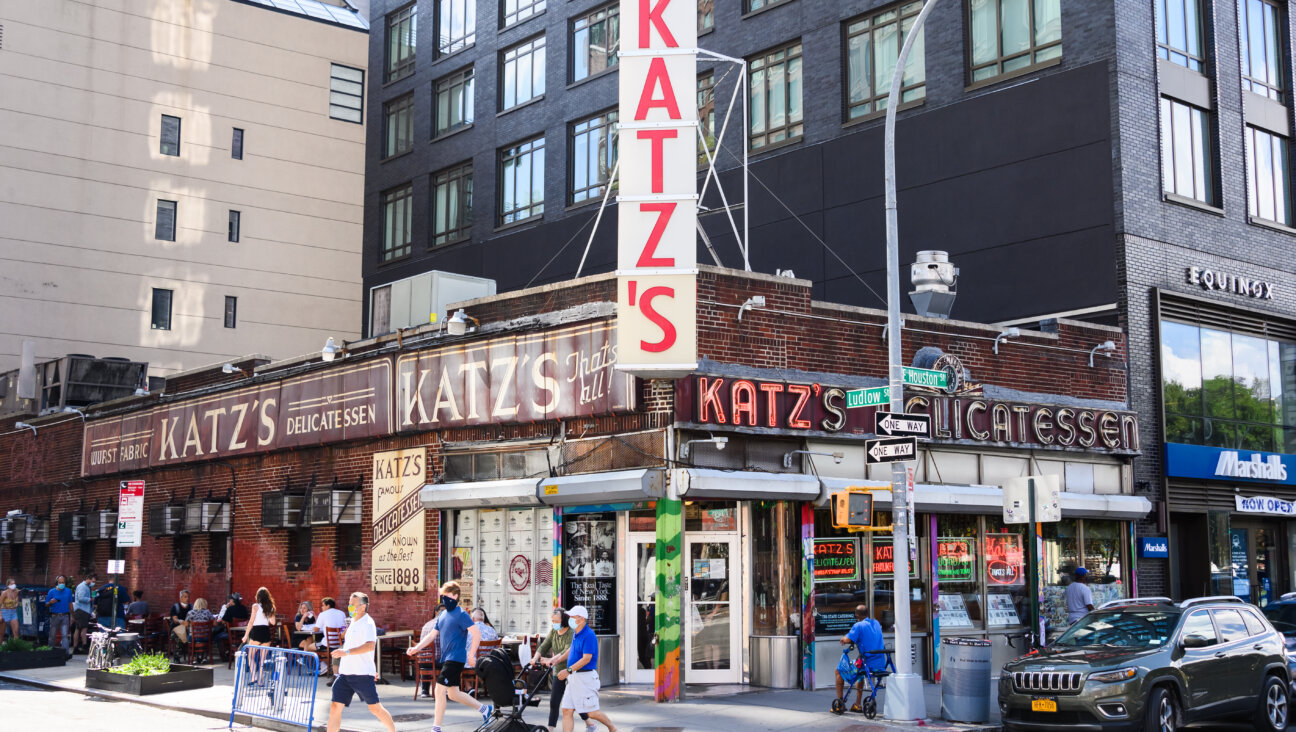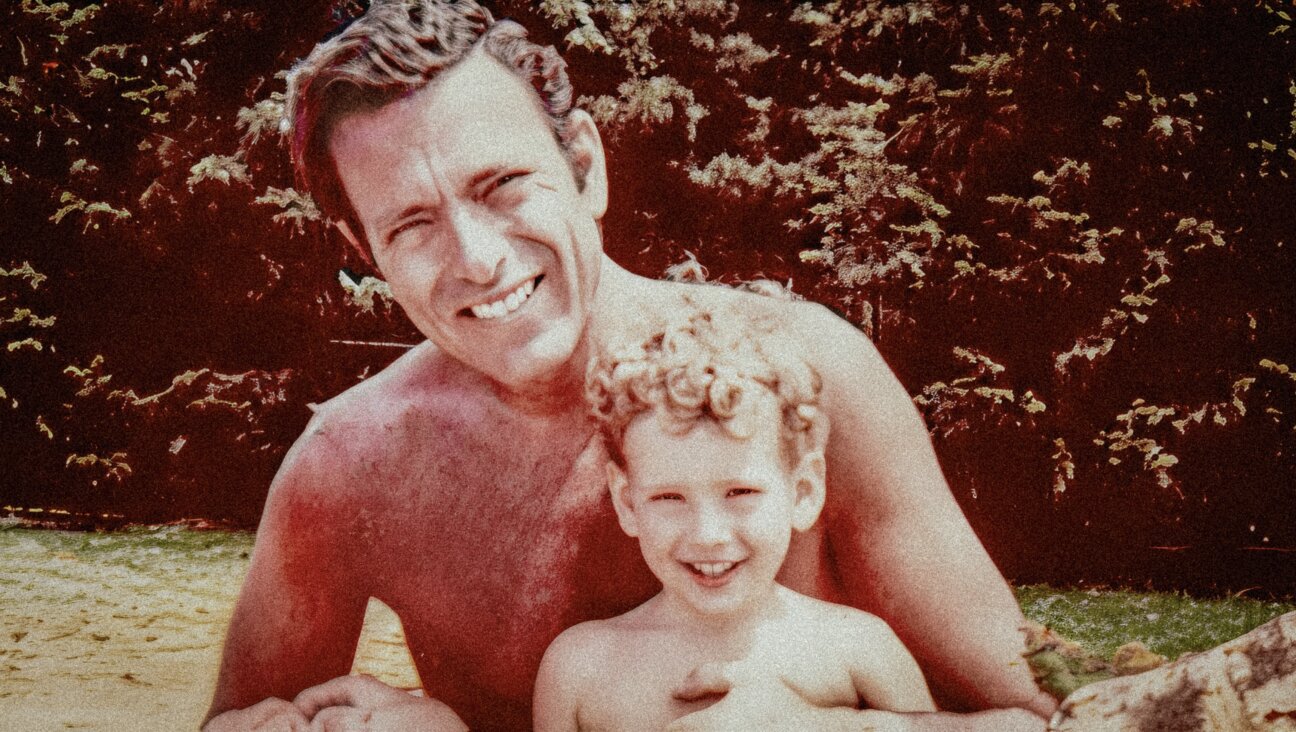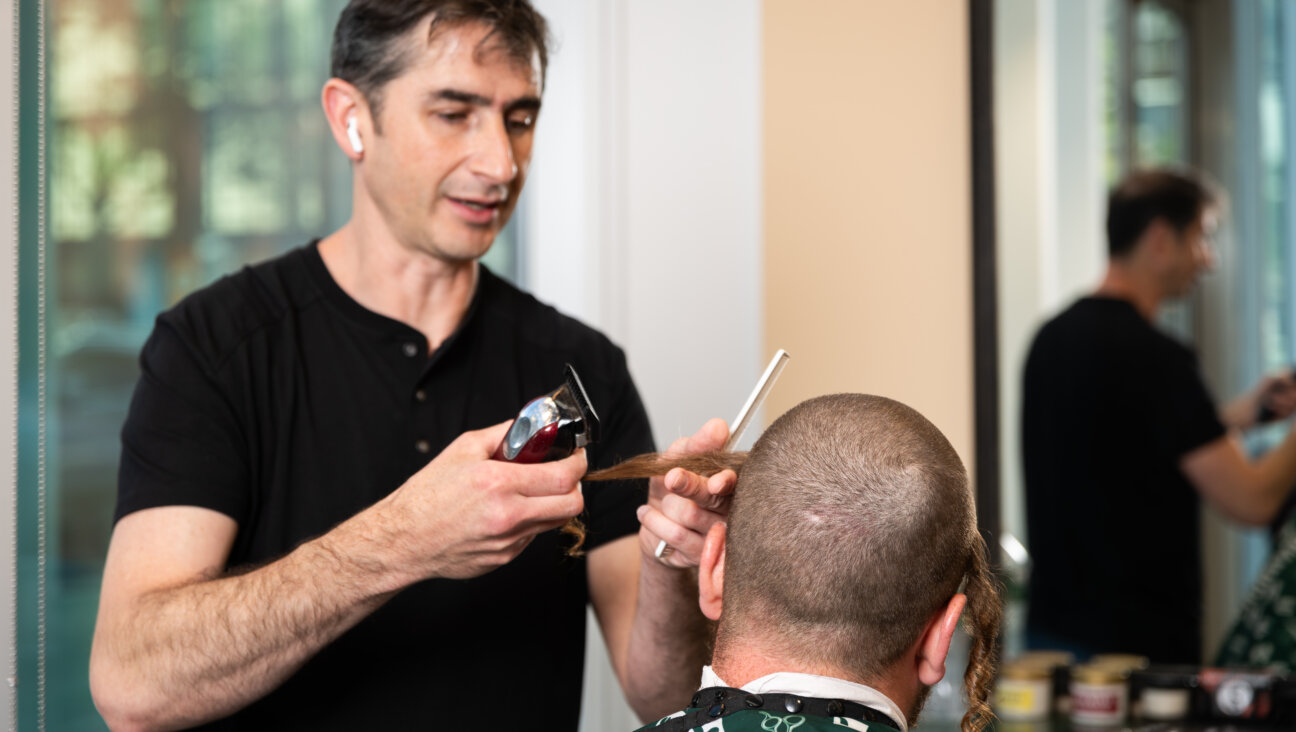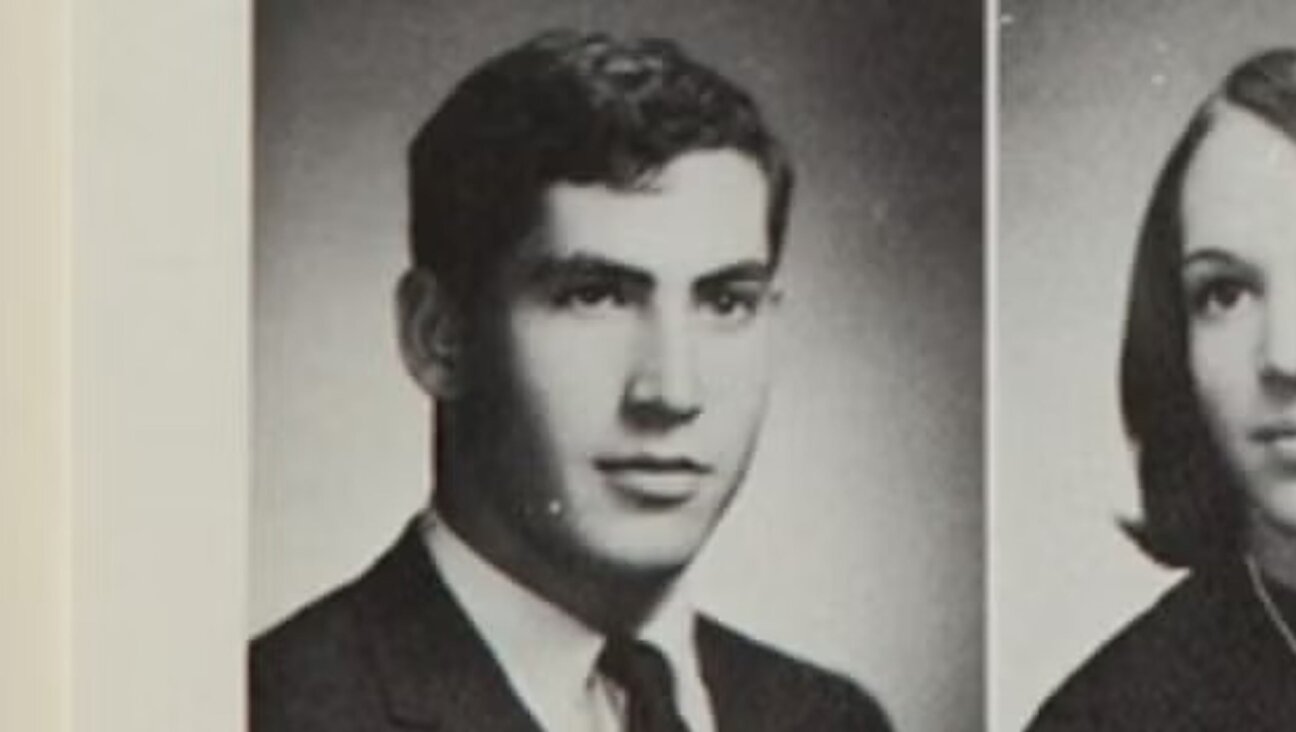Book Center Turns New Page
Twenty-seven years ago, the oft-repeated story goes, a scruffy college student named Aaron Lansky launched a mission to save Yiddish books. Unable to bear the thought of thousands of books being thrown away by an aging generation of Jewish immigrants and their Yiddish-illiterate offspring, Lansky founded the not-for-profit National Yiddish Book Center to complete the task.
Mission accomplished: The center has rescued more than a million Yiddish books, redistributing many to university libraries across the country and preserving some 14,000 volumes through digitization. Although books continue to trickle in at a rate of about 300 a week, the bulk of the center’s original work is complete.
“The whole thing is gratifying; it’s great, it’s fun, but it’s done,” said Lansky, 52, who presides over the center’s facility in Amherst, Mass. “Now we’re able to move on to the next logical step.”
Lansky’s new mission is education. While it has been a component of the organization’s work since its earliest days, education will now take center stage. And, in typical fashion, Lansky is thinking big.
“We saved the literature,” said Lansky, who was awarded a MacArthur Fellowship in 1989 for his work. “Within that literature there’s essentially a thousand years of Jewish history. How do you open up and share that culture, share that literature, share that history with the broader public? How do you let Jews know who they are and where they came from?”
Spurred by these questions, the center plans a tremendous expansion of its facility to make room for an education center that includes classrooms; a student center and kosher kitchen; a multipurpose performance hall with a 250-person capacity, and a book repository for 300,000-500,000 volumes. The book center expects to break ground next month.
The architect is Allen Moore of Newburyport, Mass., who designed the book center’s original 37,000-square-foot building, built in 1997 on 10 acres of rolling hills, towering pines and charming grounds dotted with apple trees. Now 70, Moore is emerging from retirement to engage in what is, for him, primarily a labor of love.
Before he met Lansky, Moore, who is not Jewish, came to appreciate the puzzle of modern Jewish identity through his work on a couple of architectural projects for Jewish organizations. “I began to understand a lot of contemporary Jewry and the fact that there’s a real question as to what does our past mean and what does our future mean,” Moore said.
Lansky, delighted to work with Moore again, recalls how Moore went about siting the current building. “This was an overgrown apple orchard. The trees were all entangled with poison ivy vines that were, like, this thick,” Lansky said, forming a circle of disconcerting diameter with his hands. “Allen started coming out here on his own. For week after week, he would just sit in the orchard all day long. He’d wait for the light to change, wait to see how it moved, see where it went.”
Moore’s devotion to detail yielded a friendly, uplifting combination of workplace and museum, warmed by wood and quiet light, at a human scale that neither overwhelms visitors nor underplays its own significance. The signature squat, layered, exterior roofs were inspired by a photo that Moore found of the old wooden synagogue of Wolpa, Poland (now Belarus). “I’m not trying to create the newest cutting-edge design,” Moore said. “It’s the overall appropriateness to the culture and the place and the materials and the needs, and all of those things go together.”
The new, 21,000 square-foot addition will mimic the motifs of the original, but with updated materials and operations, including a climate-control system that will cool air not by energy-hungry compressor but through an underground aquifer. Moore preserves the low roofline of the original building by placing the book repository underground, with the student center and classrooms beside it, one story below the performance hall, following the downward grade of the land.
Hankus Netsky, the musician and scholar best known as the founder of the Klezmer Conservatory Band, will lead the development of new programs when he joins the book center next month as its new vice president of education. Some programs under consideration include a Yiddish Ulpan class for adults, modeled on Israel’s intensive Hebrew-language immersion courses; weekend conferences and seminars, and offerings for high-school students. The summer internship program, which attracts more than 100 applicants for 18 slots each year, will grow to accommodate 45 college students. There will be space for more exhibits in both the old and new parts of the building.
Founded in 1980, the book center has a $2.5 million annual operating budget. It is supported by its 30,000 members, plus individual donors and foundations. Along with 20 full-time staff members, it also relies on 15 on-site volunteers, 250 unpaid Yiddish book collectors around the country and a 15-member board of directors. Five years ago, the center launched a campaign to raise $25 million for operating expenses, endowment and special programs. It’s now more than halfway toward reaching this goal, enabling it to pay off its debt, and more than two-thirds of the way toward raising the $6 million needed for the new addition.
For the education center, the location in western Massachusetts can be seen as a positive or a negative. “The fact that you have to come and be apart from your ordinary life to study here is a key element in the life-changing kinds of experiences people can have here,” said Nancy Sherman, the book center’s executive vice president. But others, such as Rakhmiel Peltz, director of Judaic studies at Philadelphia’s Drexel University, note that the book center’s impact might be limited if it relies solely on people traveling to Amherst to study.
To compensate for the geographical isolation, Lou Cove, the center’s vice president, is developing a distance learning program so that people across the country can take online Yiddish language, literature and culture courses and get together with others in their community to discuss materials. Additionally, the center’s new Cowl Jewish Leadership Program will groom college interns to bring back Yiddish programming to their home campuses when their summer stints are over.
YIVO executive director Carl Rheins sees a nationwide renaissance of sorts in the kind of informal education the center is planning. “It’s a good way to expose an old, glorious culture to circles of Jewish people,” he said.



















